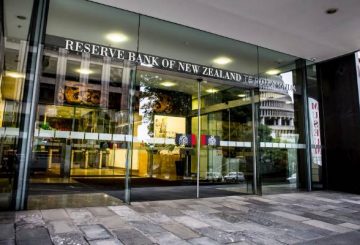Theo một cuộc khảo sát mới, khóa mới nhất có tác động cao hơn không cân xứng đối đối với sức khỏe tâm thần của các chủ doanh nghiệp so với các chủ doanh nghiệp không phải là chủ doanh nghiệp.
Khảo sát theo dõi Covid-19 mới nhất của Perceptive đã cho thấy 33% các chủ doanh nghiệp và các nhà hoạch định quyết định quan trọng báo cáo những lo ngại về sức khỏe tâm thần so với 17% dân số nói chung.
Các chủ doanh nghiệp và những người ra quyết định chủ chốt cũng lo lắng hơn về tác động của việc chốt chặn tài chính gia đình họ (37%) so với phần còn lại của người New Zealand (20%).
Cuộc khảo sát cũng tiết lộ những gì Kiwis nghĩ về cách Chính phủ đang xử lý đại dịch, với các chủ doanh nghiệp có nhiều khả năng có một cái nhìn tiêu cực.
Trong số các chủ doanh nghiệp, 15% cho biết Chính phủ chưa làm đủ để giải quyết Covid-19, so với các chủ doanh nghiệp không phải là doanh nghiệp (12%). Nhìn chung, 13% số người được khảo sát cảm thấy như vậy, tăng so với chỉ 4% khi bắt đầu đại dịch.
Hơn 1000 người Kiwis đã được khảo sát từ ngày 27 đến ngày 30 tháng 8. Dữ liệu mới từ Khảo sát Covid-19 Tracker của Perceptive sẽ được thu thập mỗi tuần.
Nơi để nhận trợ giúp:
Nếu đó là trường hợp khẩn cấp và bạn cảm thấy như bạn hoặc người khác đang gặp nguy hiểm, hãy gọi 111.






























































